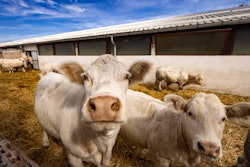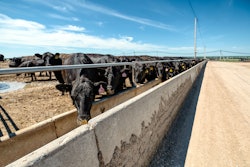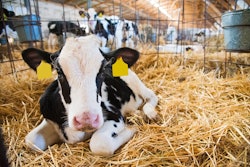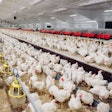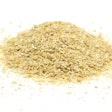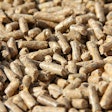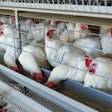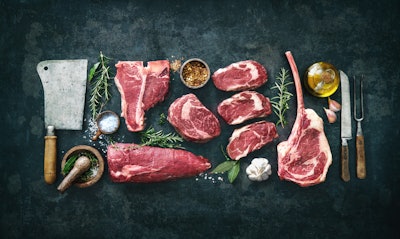
One of the major expectations of producers who raise crossbred calves is to increase marbling – a desirable characteristic, especially when it is not associated with increased backfat thickness. In most cases, however, the results are far from satisfactory, and this leads to misconceptions regarding the potential of beef on dairy calves. In fact, low marbling scores can and are observed even in beef breeds renowned for their high marbling, such as Angus and Hereford.
I will use here a quote from Erika Lundy-Woolfolk, Iowa State University extension beef specialist from an article she wrote for Progressive Cattle: “When a calf is born, his or her genetic potential for marbling is already predetermined.” With that in mind, we need to understand that we cannot increase marbling potential, but we can always reduce the amount actually achieved. We do this through management and nutrition – that is, with improper management and insufficient nutrition.
Starting from the latter, it is often observed that finishing beef cattle are taken off the high-energy ration the very last period of their finishing term. Marbling is deposited in a linear fashion, whereas backfat is deposited in an exponential fashion later in life. Thus, this switch in nutrition is done to prevent high backfat (undesirable) in carcass. However, this also hurts marbling score because we basically hinder its deposition at a time when the animal can and does consume the most feed.
When it comes to management, stress is the No. 1 factor that prevents all calves from reaching their potential for marbling. This was seen either from aggressive early implanting, too many vaccinations for bovine respiratory diseases, improper or insufficient backgrounding (preconditioning before entering the feedlot), etc. These all point to early life stress factors. That is correct and in accordance with practical experience. A stressed young calf will never reach its genetic potential for marbling, no matter what the nutrition plane is during its later life.
When crossing beef and dairy, one is right to expect higher marbling scores, especially if the sire is of a breed with high marbling in its genetics. But, in order to transfer the potential into practice, we must allow the animal to do so with proper management, health and nutrition.


